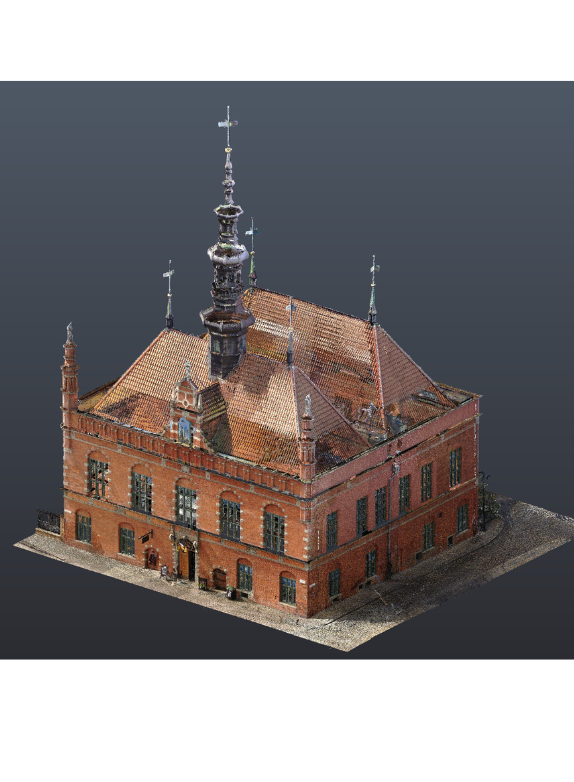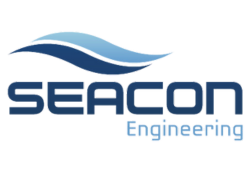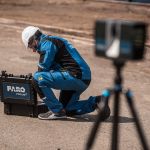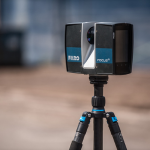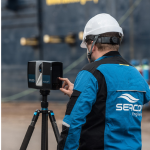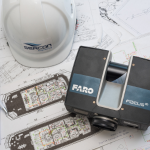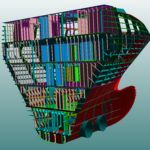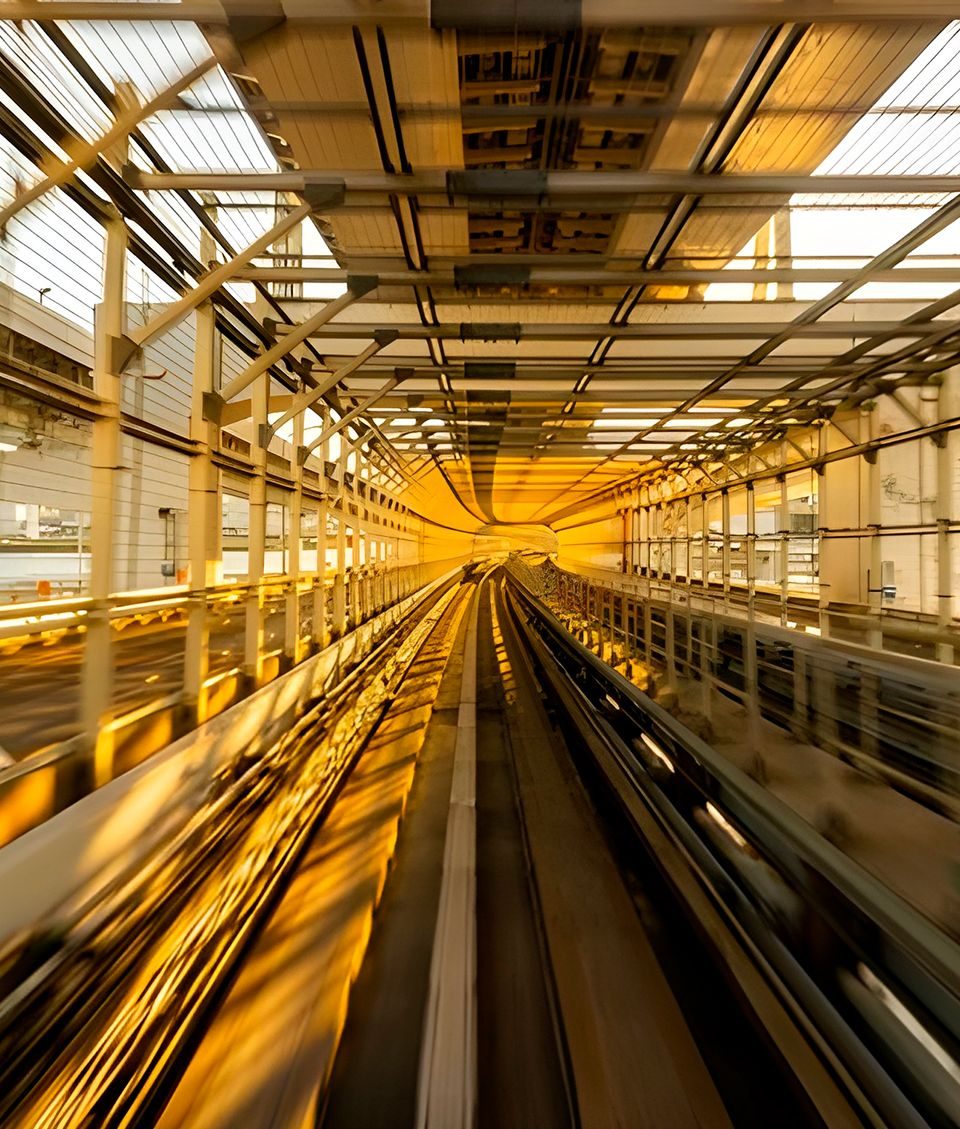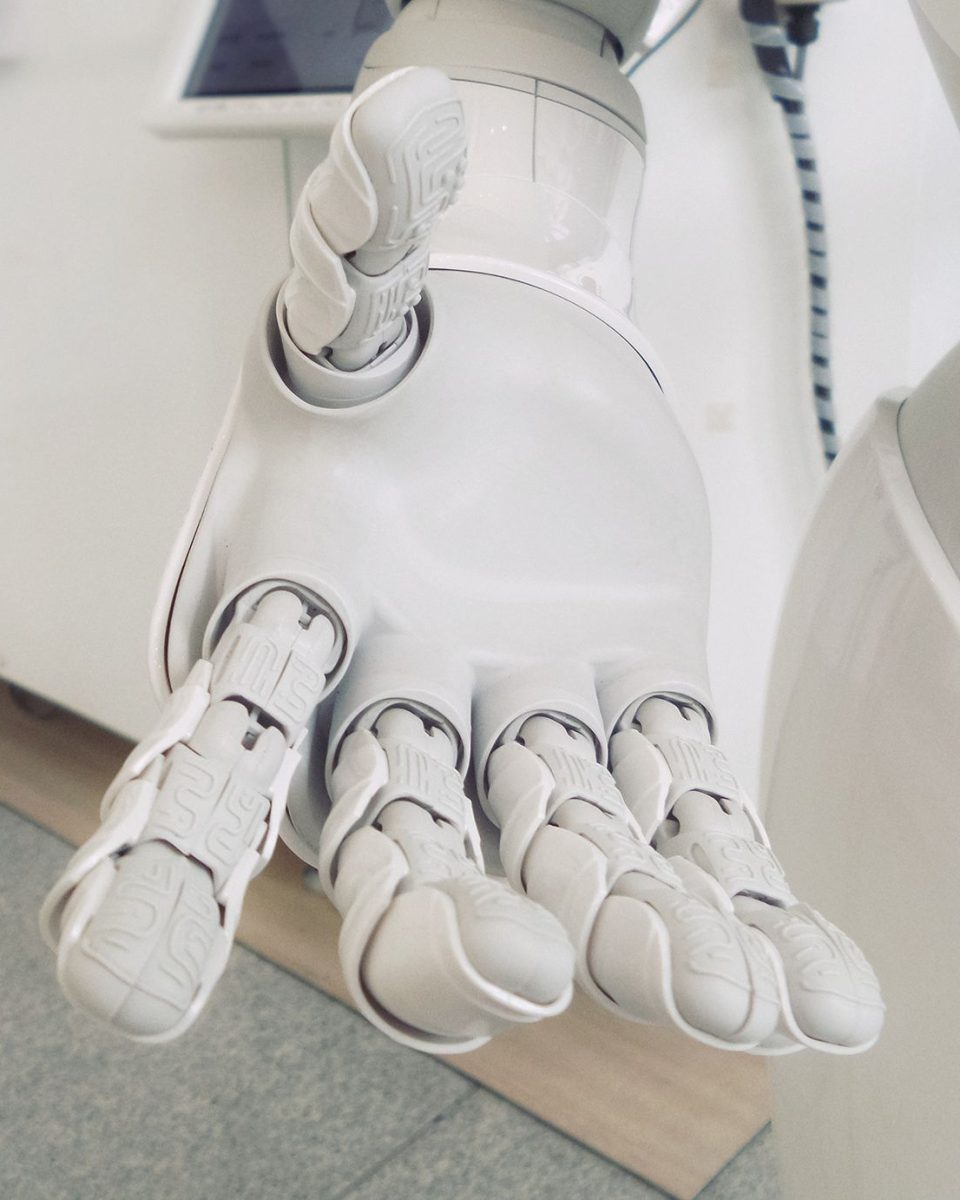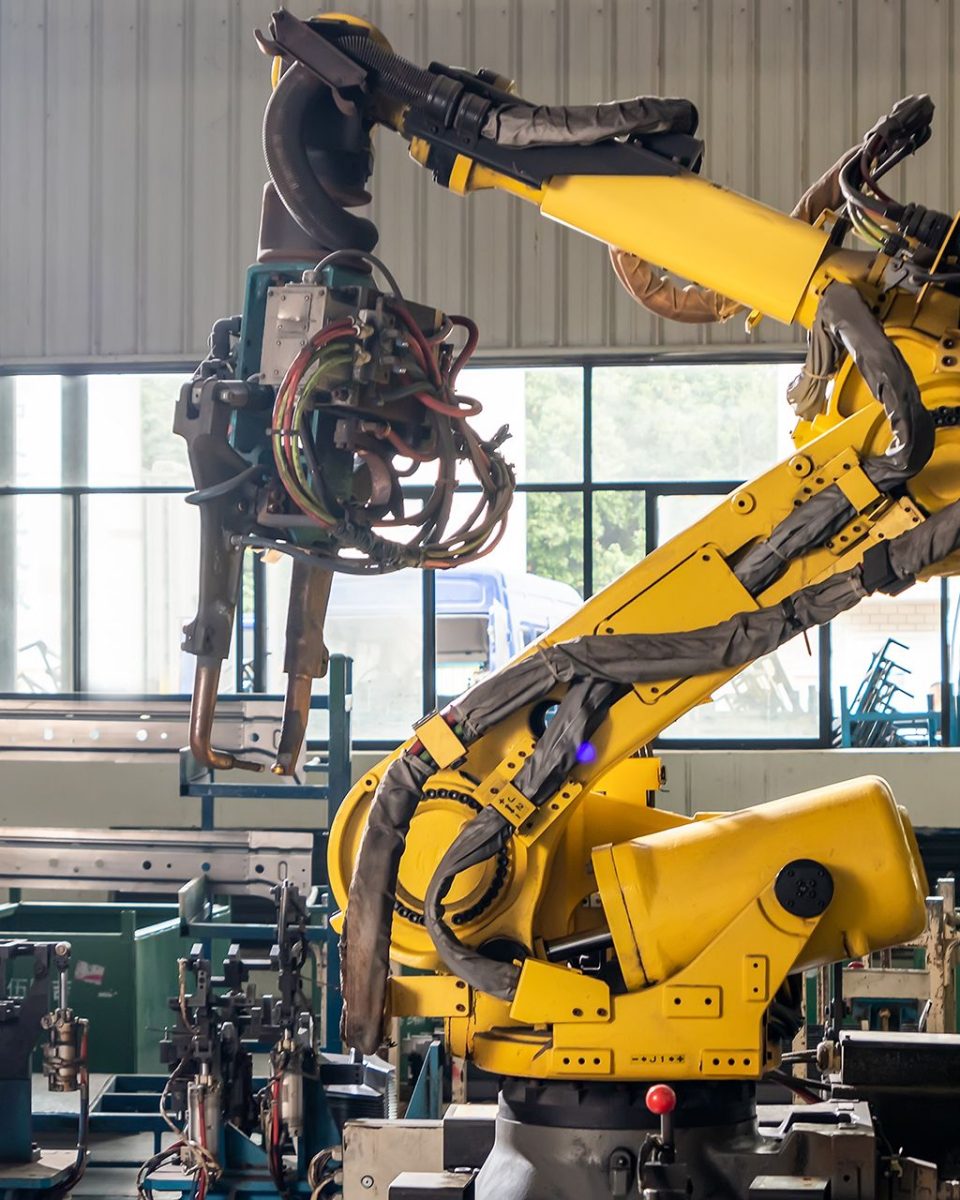3D scanning
3D scanning3D scanning is the process of capturing the physical world around us in a digital format.
3D scanners can capture the shape and often the appearance (i.e., color and texture) of an object.
The outcome is a digital representation commonly called a “point cloud,” which is composed of millions of points that represent the surface of the object. This data can then be processed to produce a three-dimensional model and offers a stable basic for planning of construction changes.
ServicesCreatrive features
from production industry
Conveyor robots
Spanish mackerel yellow weaver sixgill. Sandperch flyingfish.
Automated lifts
Yellow weaver sixgill. Sandperch flyingfish yellowfin cutthroat trout
Automated scales
Mackerel yellow weaver sixgill. Sandperch flyingfish yellowfin
Robotic safes
Sandperch flyingfish yellowfin cutthroat trout grouper whitebait
Robotic production
Weaver sixgill. Sandperch flyingfish yellowfin cutthroat trout grouper
Factory conveyors
Fyingfish yellowfin cutthroat trout grouper whitebait horsefish
3D scanningLaser scanner
The laser scanner is an ideal tool for our highly-qualified engineers who use it in projects that require installation of Ballast Water Treatment System – BWTS and in Exhaust Gas Cleaning System – EGCS, as well as in changes in funnel area and fitted absorption tower (so- called Scrubber). On the basis of data collected conceptual, basic, and detail design are being done.
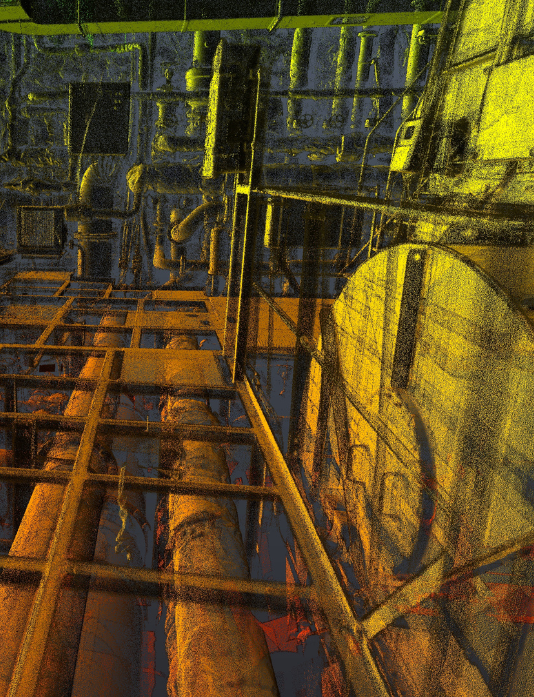
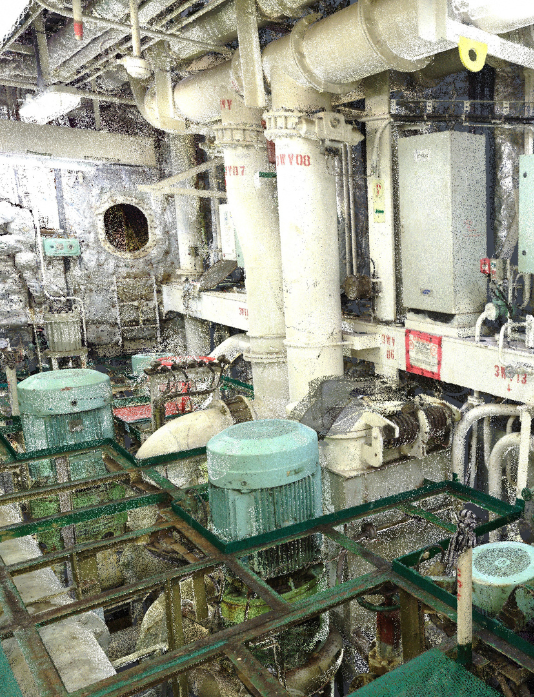
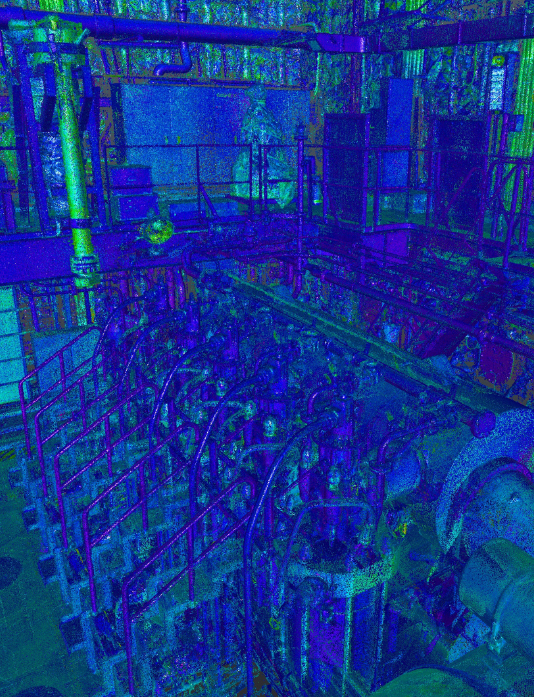
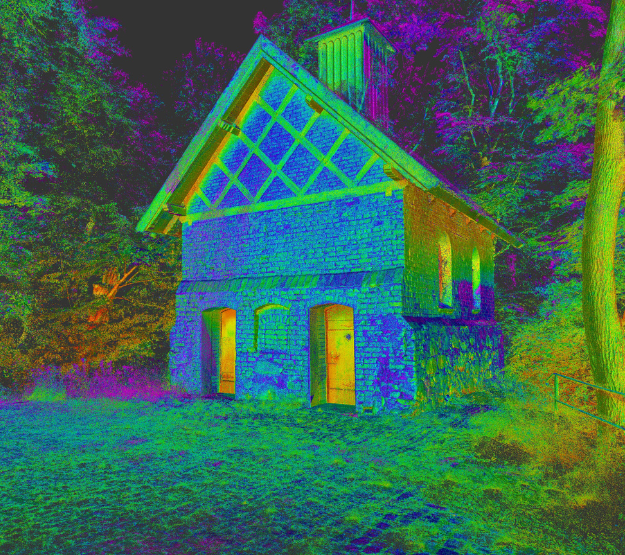

Laser scanner enables fast as well as accurate measurements of complex objects and buildings inside or outside
The device can easily be used in numerous application fields: architecture, civil engineering, geodesy, capturing accidents and crime scenes.
Another example of usage is reverse engineering, that enables reconstruction of existing object or designing new one, on a basis of collected data.
Moreover, copies of products and components, for which there are no construction plans and data available, can be done.
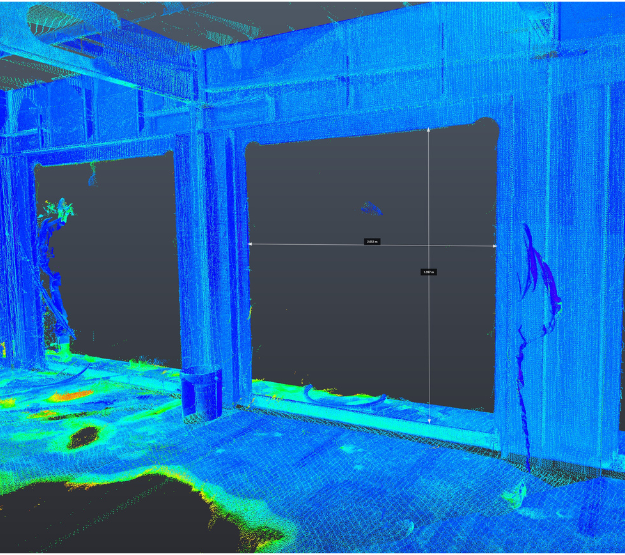
3D scanningTypes of 3D Scanning Techniques we are using in SEACON Engineering
Laser Scanning
This method uses a laser to measure the distance between the scanner and the object’s surface. As the laser beam sweeps across the object, it captures details in high resolution.
Photogrammetry
This involves capturing many photos of an object from different angles and using software to stitch these photos together into a 3D model. It’s less precise than other methods but can be very effective for large objects like buildings or monuments.
3D scanningAdvantages of 3D Scanning
Precision
Can capture details that might be missed by the human eye.
Speed
Especially when compared to traditional measurement methods.
Flexibility
Can be used on objects of all sizes, from tiny components to entire landscapes.
Digital Storage
Allows for easy sharing, modification, and replication.
3D scanning has revolutionized various industries by bridging the physical and digital worlds.
As technology continues to advance, we can expect 3D scanning to become even more accessible and integrated into our daily lives. Whether for preserving our history or designing the products of the future, 3D scanning offers a unique window into the three-dimensional world around us.
